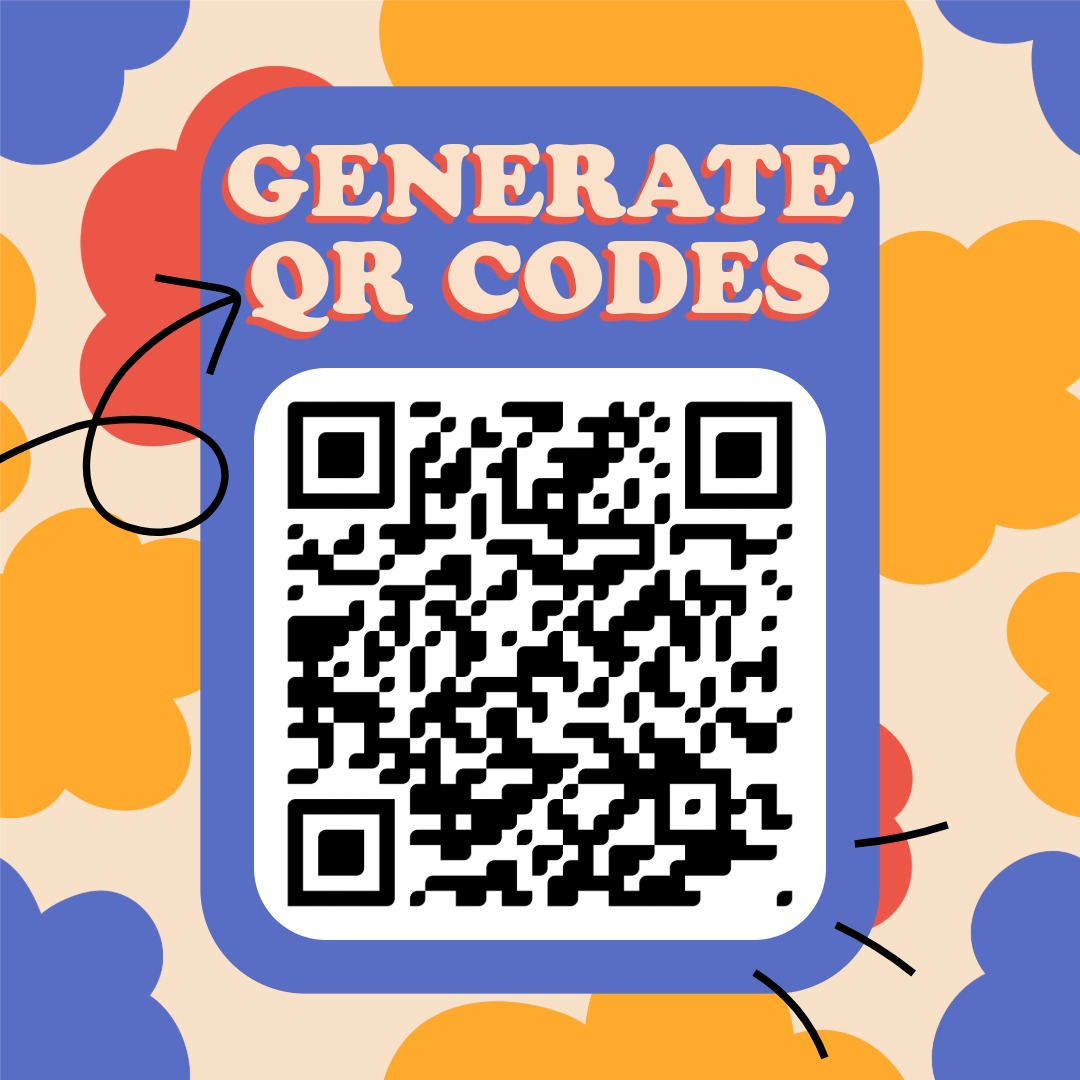Asymmetric Relation
A relation is asymmetric if for any two elements: if (a,b) is in the relation, then (b,a) is definitely not in it.
In other words: if the connection is true in one direction, it can never be true in the other direction.
Examples of Asymmetric Relations
- The "<" relation is asymmetric: if 2 < 5, then it is never true that 5 < 2.
- The "strict divisor" relation is also asymmetric: if 2 is a strict divisor of 4, then 4 can never be a strict divisor of 2.
Counterexamples (Non-Asymmetric Relations)
- The "≤" relation is not asymmetric, because if a = b, then both (a,b) and (b,a) are in it.
- The "friend of" relation is also not asymmetric, because it is often mutual.
Summary
An asymmetric relation always excludes mutuality: if (a,b) is true, then (b,a) is definitely false. This is stricter than the antisymmetric condition, because self-relations (a,a) are allowed there, but not here.
Practice Exercise
We have reviewed and checked the materials, but errors may still occur. The content is provided for educational purposes only, so use it at your own responsibility and verify with other sources if needed.
✨ Ask Lara — your AI study partner
Unlock personalized learning support. Lara can explain lessons, summarize topics, and answer your study questions — available from the Go plan and above.
Lara helps you learn faster — exclusive to ReadyTools Go, Plus, and Max members.


